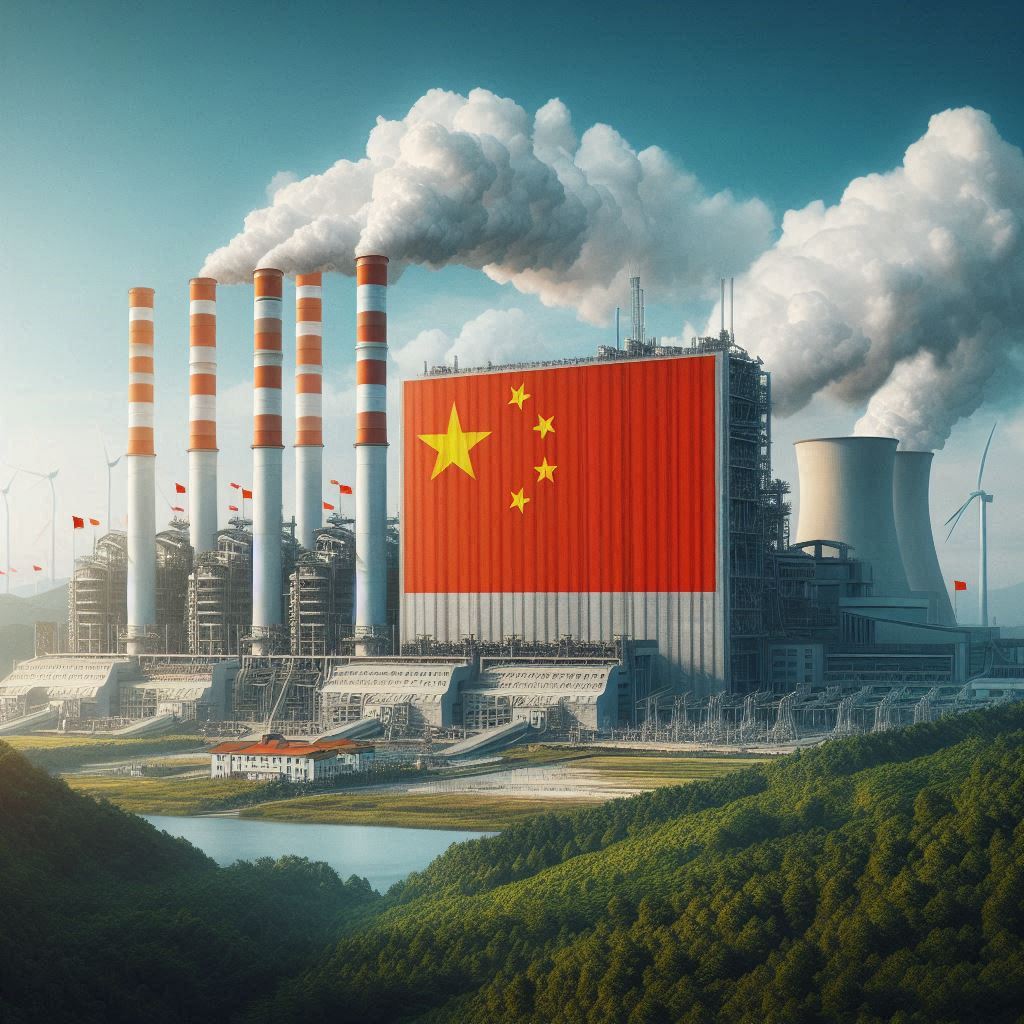The electric vehicle (EV) sector in India has experienced significant growth in recent years, with overall EV sales surpassing one million in FY 2023. This is a major shift for an auto industry that typically sees around 20 million annual sales. A closer examination of the data shows that two-wheelers (2Ws) and battery-powered rickshaws used for city transportation accounted for 62 per cent and 32 per cent of total EV sales during this period.
These EVs are known for their lower operating costs and have become popular with cost-conscious consumers in India. The transition to EVs, except for battery rickshaws, has been made possible through a three-tier subsidy system, including the Central government’s FAME II subsidy, reduced taxes with GST set at 5 per cent vs 28 per cent and upwards including the cess for conventional vehicles, and State subsidies with reduced vehicle registration fees and purchase subsidies for FAME-approved models across vehicle categories.
Policy shift
However, the policy landscape shifted on June 1, 2023, particularly for 2Ws, with changes to the successful FAME II subsidy programme. The subsidy for 2Ws is now capped at 15 per cent, down from the previous 40 per cent of the vehicle’s ex-factory price, increasing 2W prices.
This has led to a few trends, including a drop in monthly 2W sales in June and July, down from the record 1,05,000 in May 2023, to a level last seen in May 2022 at around 40,000 monthly sales.
Some 2W players are using deeper discounts to manage and increase market share, however cumulative monthly EV sales for July 2023 are back to July 2022 levels of around 80,000 monthly sales, with battery rickshaws contributing more than half of these.
The policy change, which reduces subsidy caps and subsidy cancellations for non-compliance with local content requirements, will continue to have a multitude of effects on 2W players in the country. The industry’s tone in the coming months is likely to be cautious, with players watching for policymakers’ moves while seeking exemptions or continuing subsidy support.
Smaller batteries and motor-powered 2Ws are likely to become more popular, allowing 2Ws to remain cost-competitive on an upfront purchase basis while still being practical for most use cases. The depressed valuations may also lead to the consolidation of 2W players, allowing for a reasonable buyout of many new-age players by the old guard or investors interested in the Indian EV story. At the same time, many of the 500-plus EV manufacturers may not survive another year and are likely to shut shop.
The policymakers responsible for the EV business can work to provide markers for the EV industry’s growth over the next 5-10 years. Definitive targets for each vehicle category could maintain investor and FDI interest in the sector. A long-term view of subsidies based on usage type, commercial or personal, and vehicle categories would be useful for improved subsidy targeting.
Charging infra
The development of charging infrastructure beyond city boundaries will also be helpful, as will financing support and guarantee structures.
These structures could allow banks and NBFCs to take deeper exposures beyond the current state of finance play. And may help in bringing EVs as a package on a par with conventional vehicles allowing commercial users to be in money from day one.
Combining FAME and other subsidies to create local demand can help the government’s PLI scheme for automobiles become successful.
With proper design, India could become the factory floor for electric 2Ws in the world, catering to markets such as Africa, which are dependent on imports.
The writer is a climate finance and EV consultant







































